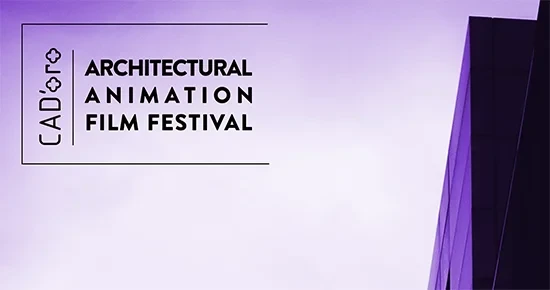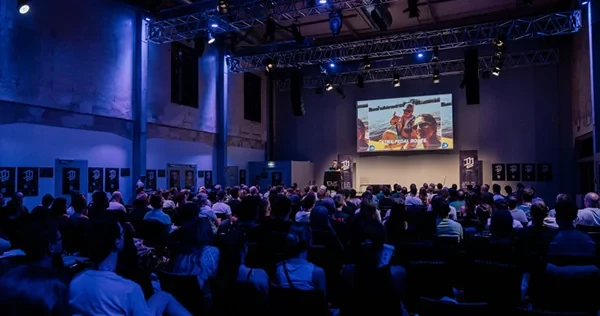Blender in the Future of 3D Modeling and 3D Graphics
Software for 3D modeling and 3D graphics is becoming increasingly expensive. Licenses for Maya, Cinema 4D, or 3DS Max cost hundreds, if not thousands, of dollars per year. This makes it challenging for beginners to learn and too expensive for most independent 3D artists and developers.
For a long time, there weren't many good alternatives. Blender wasn't good enough to compete with leading industry programs. However, everything changed with the new update of Blender 2.8 in 2019. The free and open-source software made a big leap to catch up and is now on par with other programs (if not better in some areas). As Blender continues to evolve, more and more companies are integrating it into their workflows.

The Birth of Blender
«Hey, I have an idea! Let's go against all the common programs and use the right mouse button for selection instead of the left mouse button».
This was the decision Blender made back in the 90s. They wanted to separate selection from action to speed up the workflow. While it may be good once you get used to it, it was extremely difficult for new users to learn because it went against years of training and muscle memory with other software.
The user interface of Blender was also very dull in its early versions. The average gray might have looked great in the early 2000s, but by 2010, it appeared very outdated and remained so for much longer than it should have. It finally changed significantly in 2019.
Blender 2.8
The update to Blender 2.8 is the most significant update in its history. Finally, the left mouse button was adopted as the default selection button. However, you can still use the right mouse button if you prefer.
But while the selection button change is undoubtedly the most noticeable, Blender 2.8 also brings many other improvements. Firstly, the user interface has received a necessary overhaul and now features a cleaner and better-structured dark gray interface.
The update also introduced Eevee, a new real-time rendering engine that can be used in the viewport and for final renders. With it, a photorealistic view can be previewed in real-time in the viewport, significantly speeding up the workflow. It also offers an alternative for creating final renders, although Cycles renders with ray tracing still provide better results.
Blender 3.0
The next major update to Blender is just around the corner, and preview builds are already available. The most significant addition will be the asset browser, which allows you to manage all your assets in Blender and reuse them in other projects.
Blender is also improving its geometry nodes, which are a recent addition for procedural scattering and geometry manipulation in a convenient node-based editor.
Developers are also working on Cycles X, a new path-tracing 3D rendering engine that will replace Cycles in the near future. Depending on the scene, it can significantly reduce rendering times, which is one of the most important factors in 3D rendering.

Conclusion
Just a few years ago, Blender was considered niche software for 3D modeling. However, with recent updates, the transition to Blender has become a common phenomenon in the 3D and VFX industry. More and more major companies are incorporating it into their workflows, and many of them support the Blender project, not only by investing in its development but also by having their employees contribute to the open-source software. The list of companies includes some of the biggest names in the industry, such as Ubisoft, Microsoft, and Epic Games, and it is being used in anime studios and even Hollywood films.
Since Blender is open source, users can also create their own plugins and even modify the program's source code. If you feel that it lacks a feature you truly need, you have the flexibility to implement it. For example, large 3D studios can develop their own extensions specific to their workflow.
Blender is highly popular among independent developers, artists, and directors. Director Ian Hubert recently released his impressive 20-minute short film "Salad Fingers - DYNAMO DREAM," which he created entirely in Blender.

OpenHDRI.org – A New Source of High-Quality CC0 HDRIs
Top ArchViz Events Every 3D Artist Should Attend in 2025
Top YouTube Channels for 3D Artists and Visualizers in 2025
PH's Archviz x AI Free ComfyUI Workflow

Latest Discussions
Thank you so much!! 
Beautifully composed scene! The sense of depth and lighting are just perfect. ✨
Harika bir sahne kurgusu! Derinlik ve ışık kullanımı mükemmel. ✨
Great list! I’ve been following Arch Viz Artist (AVA) for a while — their tutorials are top‑level. Discovered a few new favorites here too. Thanks for such a helpful compilation!
Great list. I am Abdullah from 7CGI. I would expect the list to have "Neoscape" in it, though. It's always interesting to see how studios around the world are pushing the boundaries of architectural visualization. We recently published a list in a more comprehensive and entertaining manner, highligh
Looking for a reliable and skilled 3D architectural visualization partner?
We specialize in creating high-quality, detailed 3D visualizations that bring your ideas to life. Let’s work together on your next project!













Thank you so much!!